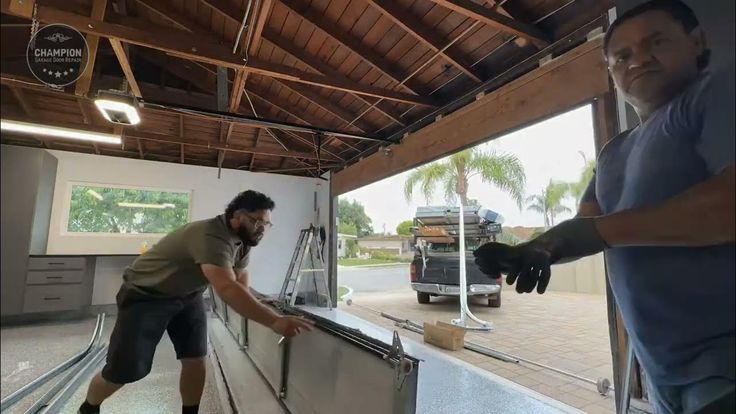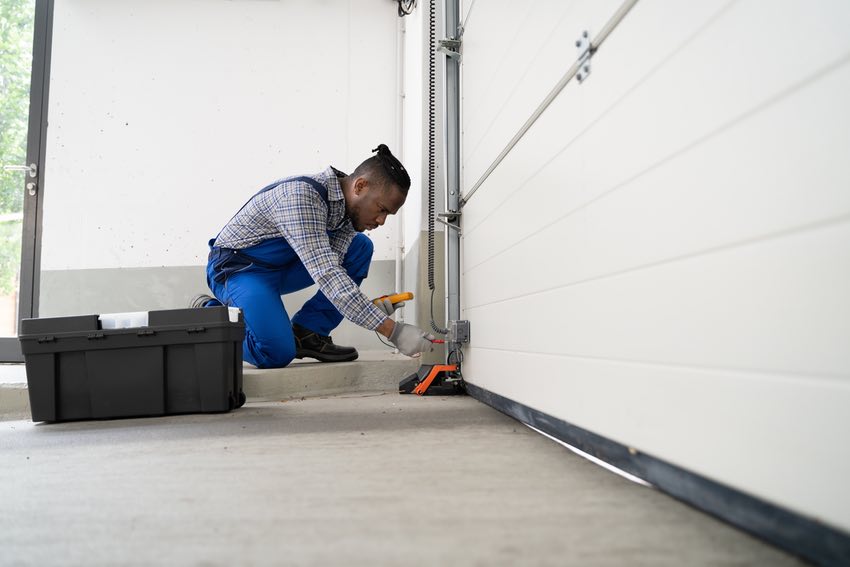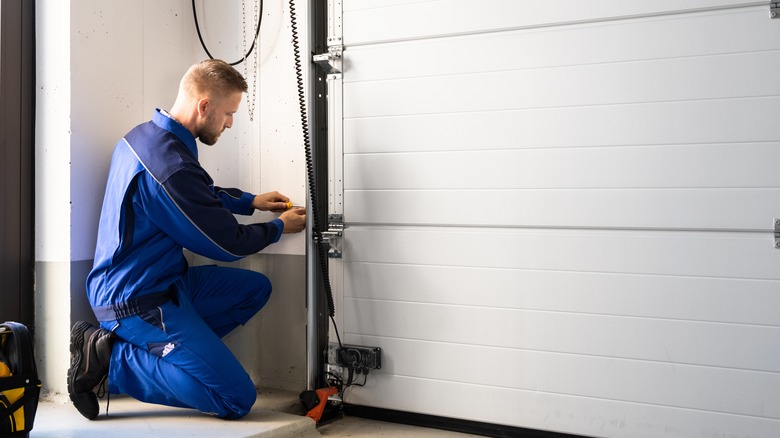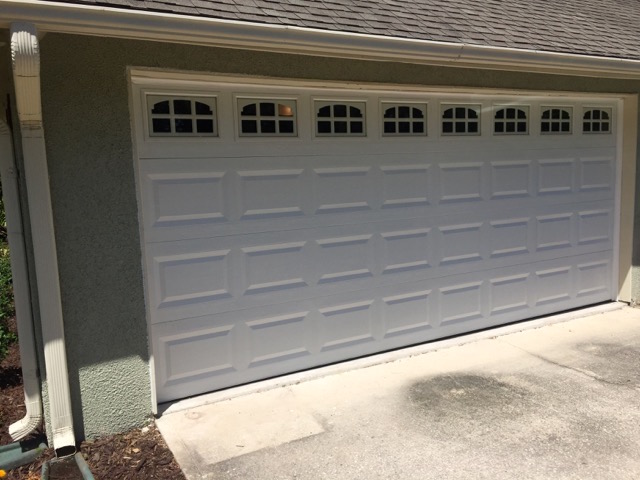Garage Door Repair Suwanee GA Garage door windows provide natural light and aesthetic appeal to the exterior of your home, but over time, window panes may become damaged or broken due to various factors such as impact, weather, or wear and tear.
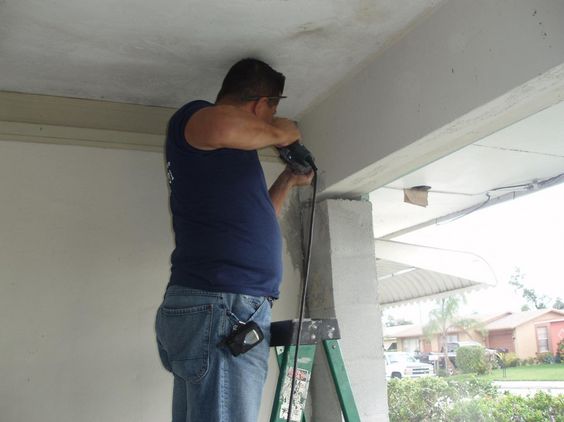
Fortunately, replacing a garage door window pane is a relatively straightforward process that can be completed with the right tools, materials, and know-how. Here’s a comprehensive guide on how to replace a garage door window pane:
1. Assess the Damage: Before beginning the replacement process, assess the extent of the damage to the garage door window pane. Determine whether the entire pane needs to be replaced or if only a portion of it is damaged.
2. Gather the Necessary Tools and Materials: Ensure you have the following tools and materials on hand before starting the replacement:
- Safety glasses
- Work gloves
- Putty knife
- Glazing compound or silicone sealant
- Replacement window pane
- Measuring tape
- Screwdriver
- Utility knife
- Paint scraper
- Hammer
- Nail set
3. Remove the Damaged Window Pane: Follow these steps to remove the damaged window pane:
- Use a putty knife to carefully pry away any glazing compound or sealant around the edges of the window pane.
- If the window pane is held in place by screws or clips, use a screwdriver to remove them and carefully set them aside.
- Gently push the window pane from the inside of the garage to dislodge it from the frame.
- If the window pane is broken, use a utility knife to carefully remove any remaining glass shards from the frame.
4. Measure the Opening: Use a measuring tape to determine the dimensions of the opening where the window pane will be installed. Measure the width and height of the opening accurately to ensure the replacement pane fits properly.
5. Prepare the Replacement Window Pane: If the replacement window pane does not already have pre-drilled holes for screws or clips, use a drill to create them. Ensure the holes are positioned to align with the existing holes in the window frame.
6. Install the Replacement Window Pane: Follow these steps to install the replacement window pane:
- Position the replacement window pane in the opening, ensuring it fits snugly and is centered within the frame.
- If the window pane is held in place by screws or clips, use a screwdriver to secure them in position.
- Apply a thin bead of glazing compound or silicone sealant around the edges of the window pane to create a weatherproof seal.
- Use a putty knife to smooth out the glazing compound or sealant and ensure it adheres securely to the frame.
- If necessary, use a paint scraper or utility knife to remove any excess glazing compound or sealant from the surface of the window pane.
7. Allow the Sealant to Cure: Allow the glazing compound or sealant to cure completely according to the manufacturer’s instructions before closing the garage door. This will ensure a strong and durable bond between the window pane and the frame.
8. Test the Window Operation: Once the replacement window pane is installed and the sealant has cured, test the operation of the garage door to ensure the window opens and closes smoothly without any issues.
9. Perform Regular Maintenance: To prolong the life of the replacement window pane and maintain its appearance, perform regular maintenance tasks such as cleaning, lubricating, and inspecting the window for signs of damage or wear. Replace the window pane as needed to ensure proper functionality and aesthetics.
10. Safety Precautions: – Wear safety glasses and work gloves to protect yourself from injury while handling glass and tools. – Use caution when working with sharp objects such as utility knives and putty knives. – Work on a stable surface and use a ladder or step stool if necessary to reach the window pane. – Keep children and pets away from the work area to prevent accidents.
Garage Door Repair Suwanee GA If you’re unsure about tackling the replacement yourself or if you encounter any difficulties during the process, consider seeking professional assistance from a qualified garage door technician.
Southern Home Creations Garage Doors & Openers
4110 Tench Rd Suite D, Suwanee, GA 30024, United States
1-770-831-0301

